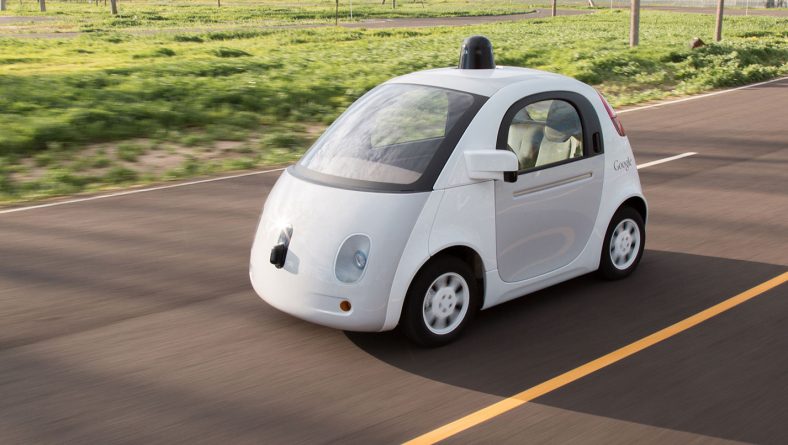As technology evolves, so we constantly look for ways to improve or simplify our lives. The concept of driverless cars has been around for a while, with several companies working to achieve the first successful fleet. Although the idea does look, on the face of it, quite exciting, many concerns still exist about its safety and the ongoing implications for the wider community if drivers become superfluous.
Safety first
Endless trials have been carried out to test the safety of self-driving cars and the jury is still most definitely out. Statistics do show that most accidents on the road are caused by driver error rather than a mechanical fault. However, despite sophisticated computer algorithms, driverless vehicles are still falling foul of being unable to anticipate and react to every single type of unusual or incongruous behaviour from other road users in a way that fully simulates a human reaction. Even the most advanced ‘driverless car’ will still require an element of human contribution, so driver error cannot be 100% eradicated.
Opting in
Driverless cars will only be able to work to their full potential if everyone opts in to the idea, meaning that every single vehicle on the road is controlled by a computer and everyone is happy to relinquish their driving duties. This is a state of mind that is very far from becoming reality. Driving is a pleasure for many people, as well as a profession for many more. These people will not want to give it up too soon. Other concerns lie around the possibility of the technology being hacked or farmed for personal data. These worries will also put people off from adopting driverless cars.
Loss of jobs
As mentioned above, driving provides a living for a large number of people, from taxi drivers to freight transport and couriers. Driverless vehicles will do away with the need for these jobs, creating money worries for lots of people, adding to the unemployment figures and removing a key element of humanity from society. Many communities evolve around professional drivers, and a taxi journey can be made far more pleasurable with a friendly, informative driver to help pass the time while you are driven to your destination. Taxi drivers have also been known to go above and beyond to help older or vulnerable passengers, e.g. by helping them to their door, staying with them if the person they are meeting is late or carrying heavy shopping.
Difficult conditions
Driverless cars are as susceptible to coming up against tougher driving conditions human drivers are, including flooding on the roads, high winds, storms and poor light. Some weather, such as heavy rain can also cause damage to essential sensors, impacting even more negatively on the vehicle’s performance. While a human driver can react quickly to a harder condition on the roads, can a computer do the same? Traffic signals can and do fail and people can run out in front of cars for whatever reasons. Roadblocks and diversions cause chaos even for human drivers. Contraflows and one-way systems can be put in place temporarily to ease congestion round roadworks and police officers sometimes have to step into the road to direct traffic. How can a driverless car interpret such unexpected scenarios?


No Comment
You can post first response comment.